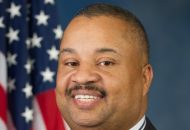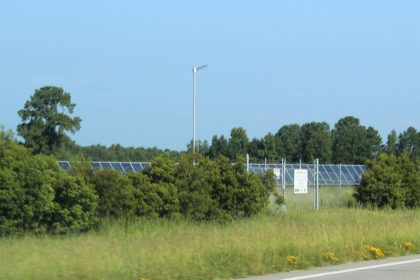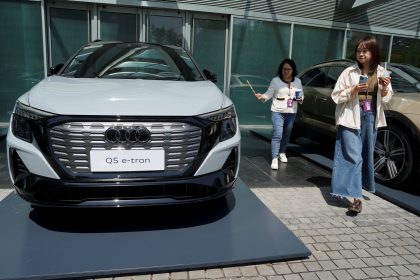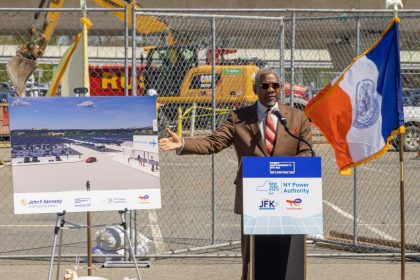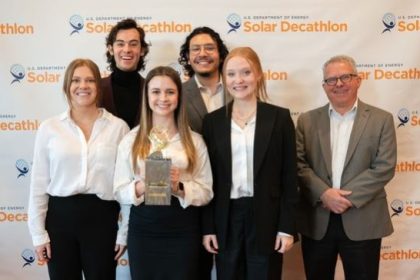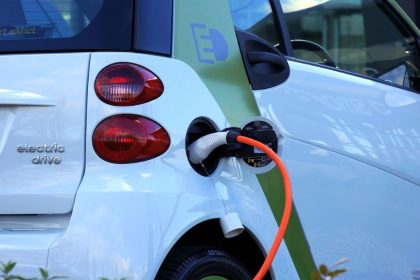California Nearly Reaches 100% Renewable Energy Milestone
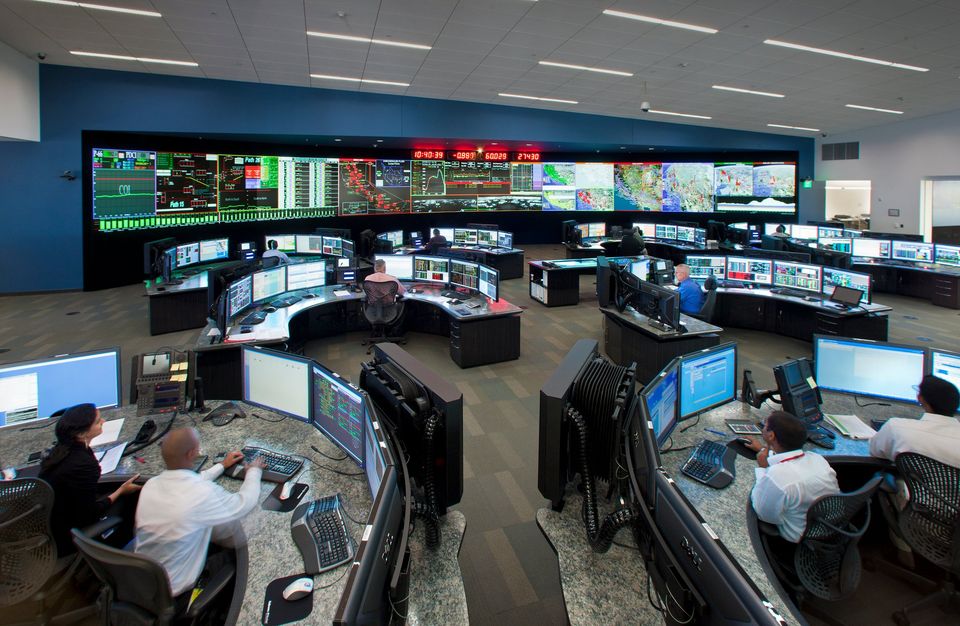
FOLSOM, Calif. – California reached a major energy milestone on April 30, coming oh so close to having 100% of its energy produced from renewable resources.
It happened on a Saturday afternoon when statewide energy demand hit 18,672 MW.
Shortly before 3 p.m., an online supply tracker run by an entity known as the California Independent System Operator, or CAISO, a nonprofit that runs the high-voltage transmission grid for about 80% of the state and oversees a wholesale energy market, briefly reported that the amount of renewable energy being used in the state had reached 101%.
On Monday, however, power officials said the data was a few ticks off due to battery charging, available power reserves and other factors.
Still, officials said, at 2:50 p.m on Saturday, the state reached 99.87% of its load being served entirely by renewable energy, breaking the previous record of 97.58% set on April 3.
Prior to that, the record was 96.5%, set on March 27, and for nearly a year before that the record had been 94.5%, set on April 21, 2021.
Officials said the milestones keep piling up because CAISO is integrating a growing amount of renewable energy onto the grid to support the state’s clean energy goals.
“This new record is testament to the hard work and collaboration of many people, from
policymakers to system operators,” said ISO President and CEO Elliot Mainzer in a written statement. “While these all-time highs are for a brief time, they solidly demonstrate the advances being made to reliably achieve California’s clean energy goals.”
Ashutosh Bhagwat, chair of the nonprofit’s board of governors, said the new record is a
tribute to California’s ambitious policy goals on climate and clean energy.
“When we see renewable energy peaks like this, we are getting to re-imagine what the
grid will look like for generations to come. These moments help crystallize the
vision of the modern, efficient and sustainable grid of the future,” he said.
Roughly two thirds of the 18,672 MW of power needed was provided by solar installations large and small. Together they account for about 12,391 MW loaded onto the grid.
The remainder of the energy came from wind, geothermal and other renewable sources.
Dan Jacobson, a senior advisor to Environment California, an environmental advocacy group, said in a statement on Saturday that “twenty years ago, no one thought we could get to 100% renewable energy. But bit by bit, bill by bill, and solar panel by solar panel we did it.
“This is a great day for California and the rest of the world. 100% clean energy is ready for prime time. The future is here today in California,” he added.
The group’s state director, Laura Deehan, agreed.
“California has shown that, for one brief and shining moment, we could do it,” Deehan said. “Now we need to get our state running on 100% clean energy for the whole day, the whole week, and the whole year. It’s time to move to 100% clean energy, 100% of the time.”
Environment California has been a longtime advocate for the installation of rooftop solar panels, which the group says not only provide power, but help prevent expanses of the state’s still wild terrain from being converted into massive solar farms.
But the group and others like it across the country say they now have bigger concerns.
In late March, the U.S. Commerce Department said it is investigating whether imports of solar panels from Southeast Asia are circumventing anti-dumping rules that limit imports from China.
The investigation could result in retroactive tariffs of up to 240% according to a recent Associated Press report, and severely hinder the U.S. solar industry, leading to thousands of layoffs and imperiling up to 80% of planned solar projects in the U.S.
Deehan was among those who issued a statement in which they called the investigation “a baffling regulatory misstep” that could jeopardize both the Biden administration’s climate goals and California’s clean energy targets.
In a letter to Commerce Secretary Gina Raimondo sent April 27, California Gov. Gavin Newsom said the inquiry has already had a negative impact on the state’s energy transition by delaying at least 4,350 MW of solar energy and storage projects needed in the next two years.
That said, Anne G. Gonzales, senior public information officer for California ISO, said for now the fact that the amount of renewables on the ISO’s high-voltage transmission lines briefly reached 99.87 % relative to demand on the system, “does indicate that higher amounts of renewables are coming onto the system, and it’s technically feasible to manage it.
Dan can be reached at [email protected] and at https://twitter.com/DanMcCue.












